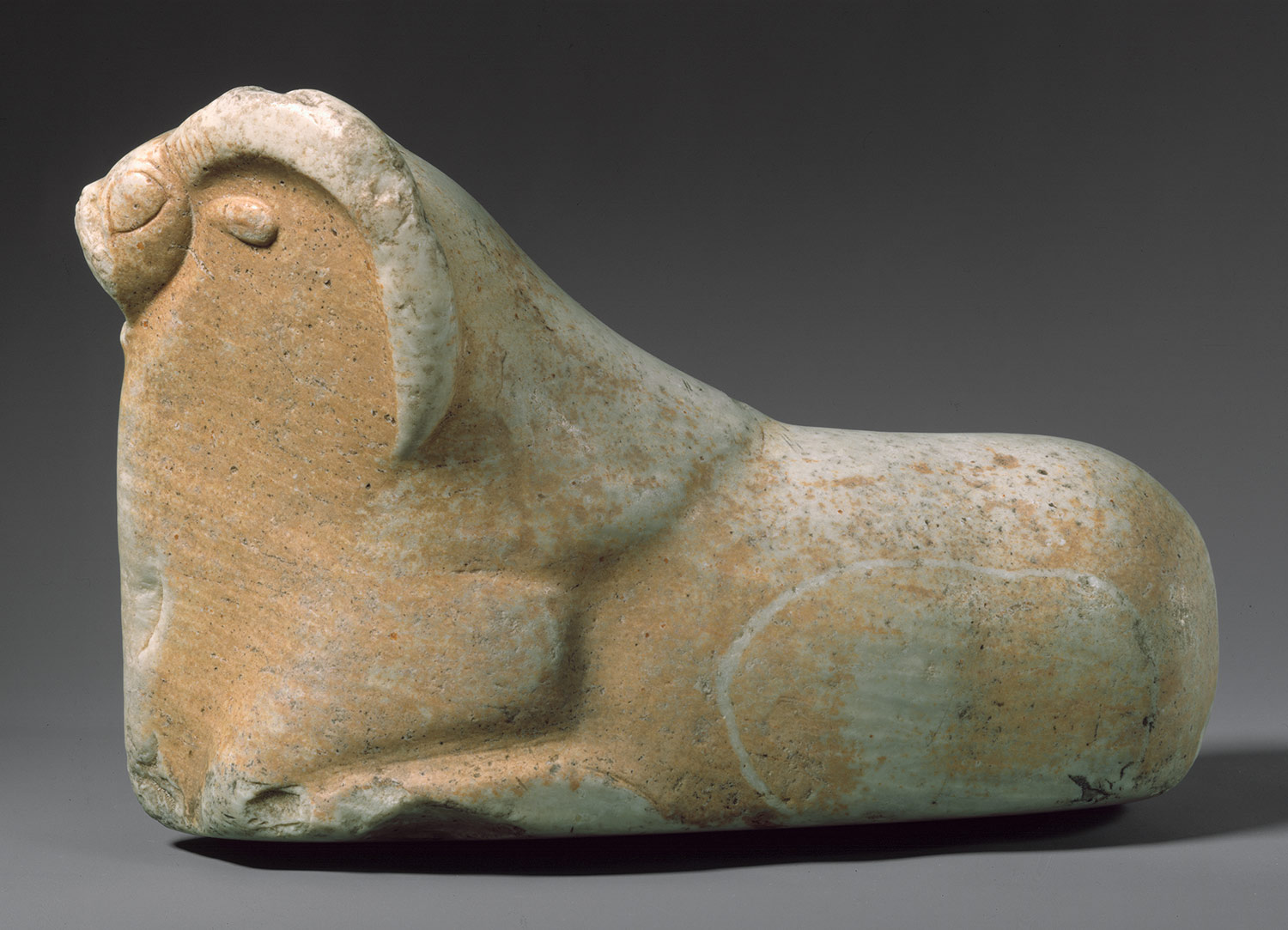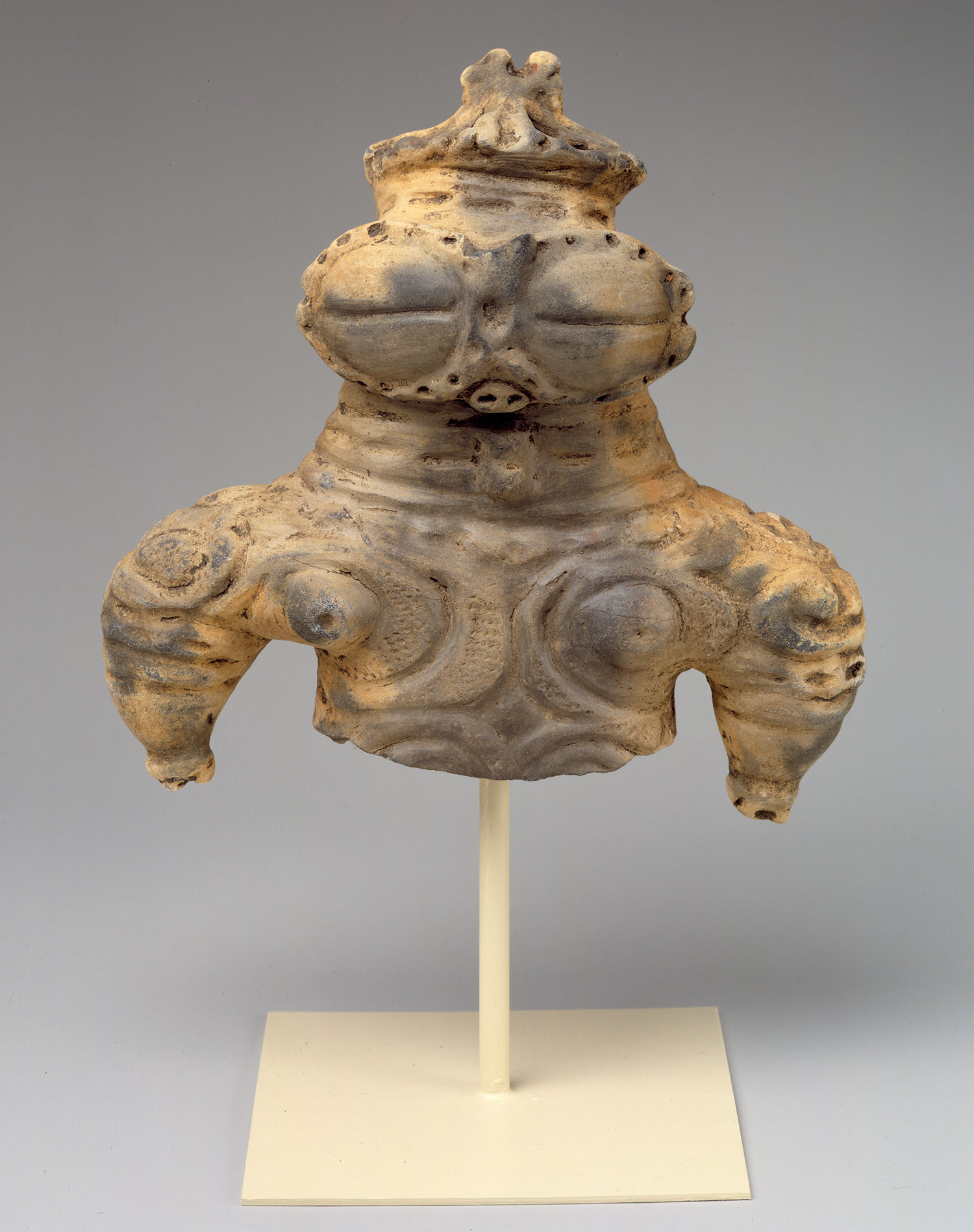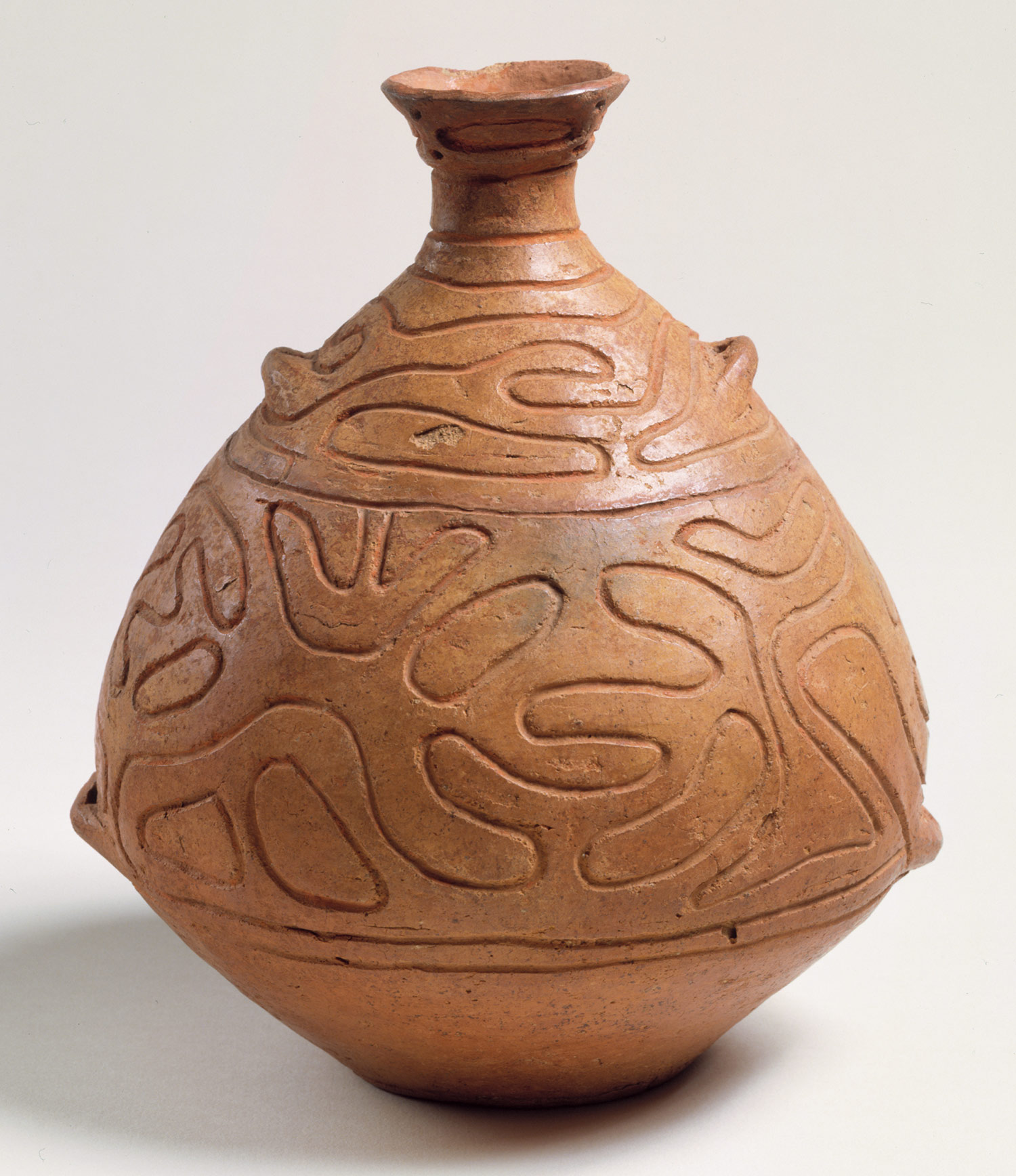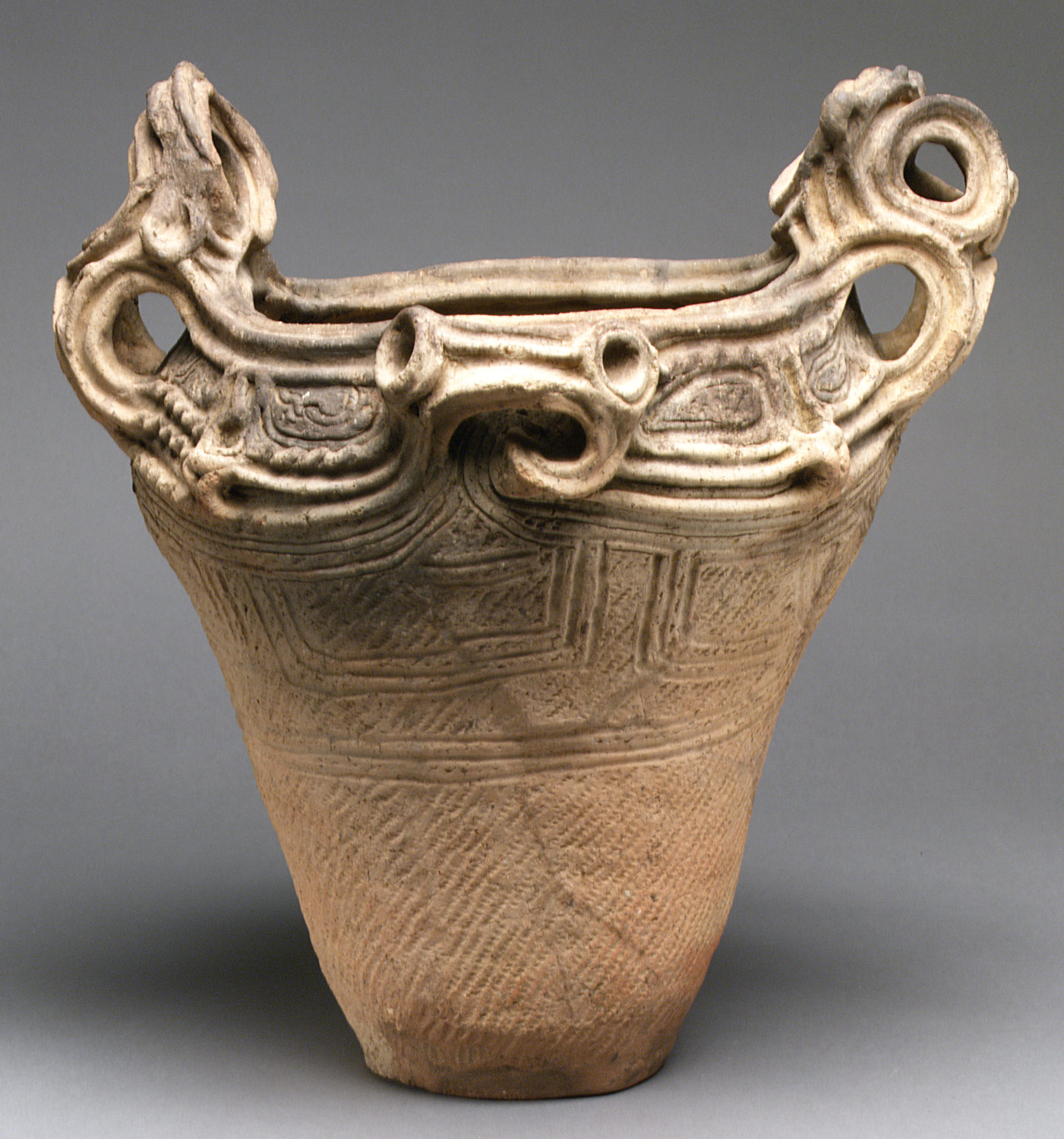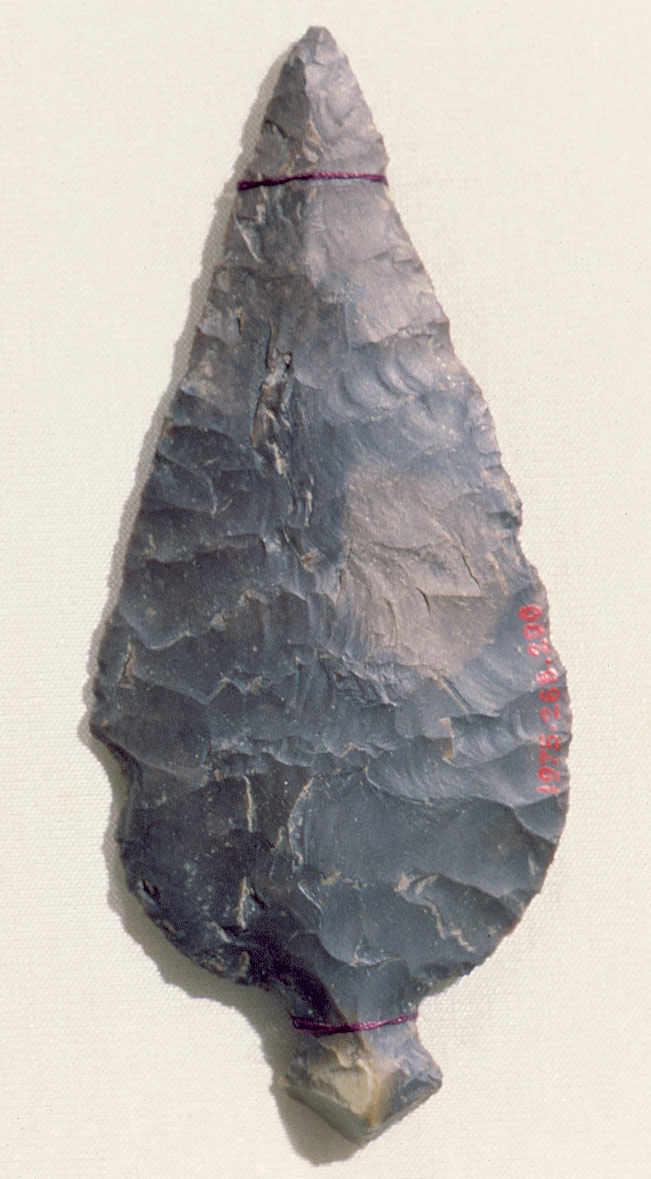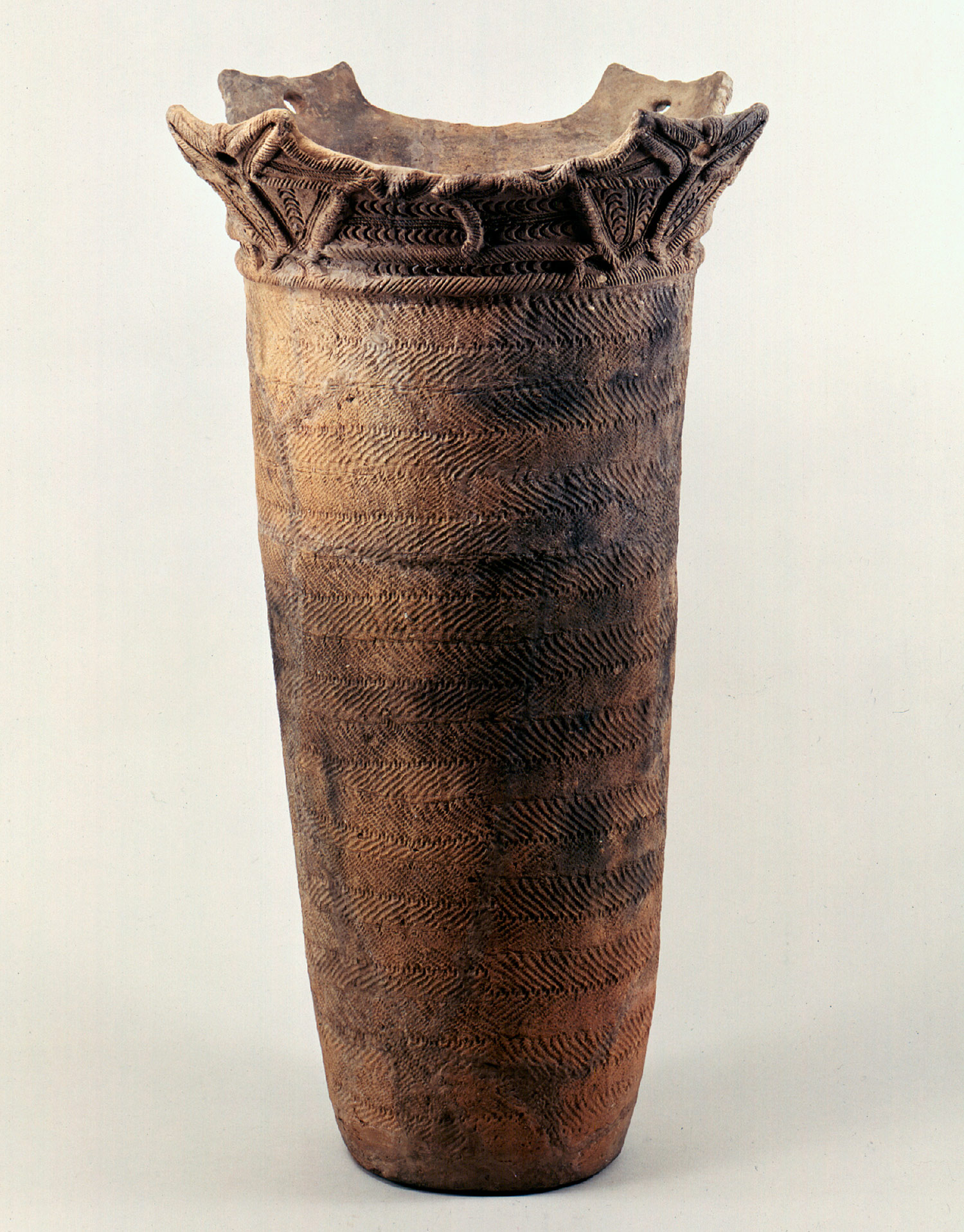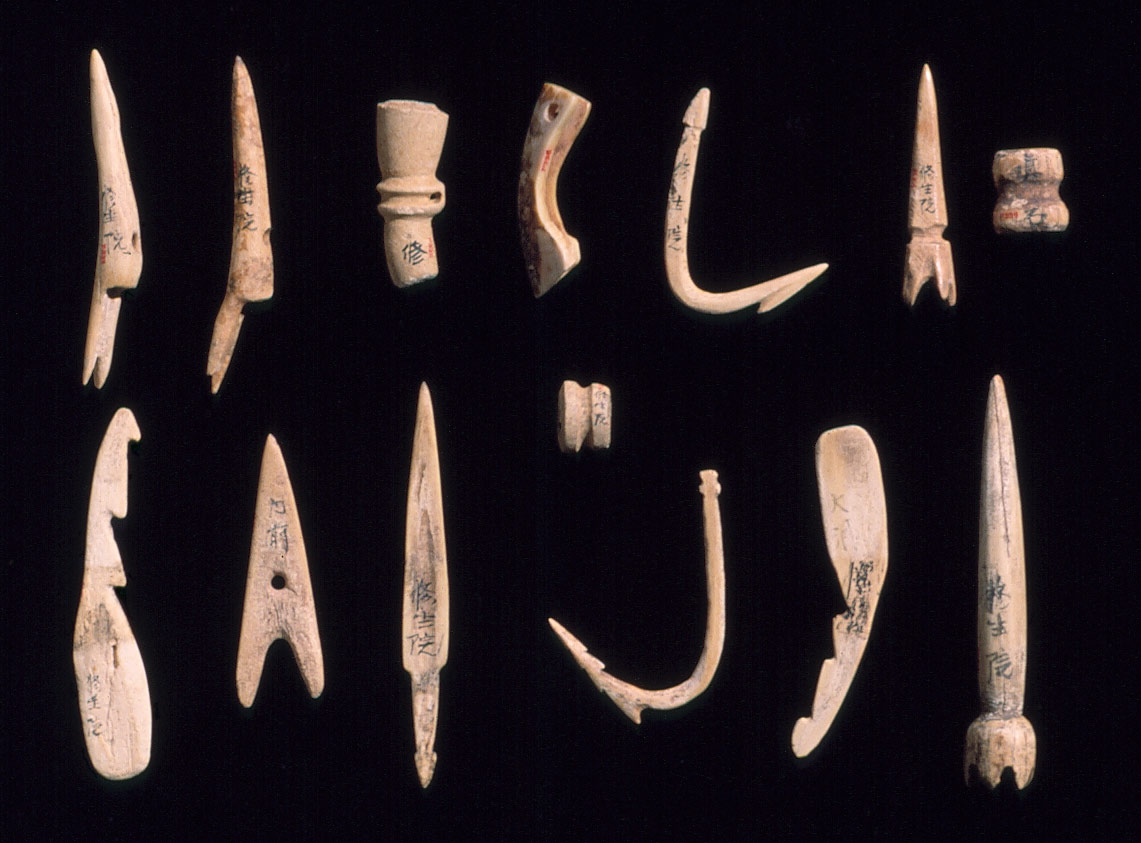The Songhai (or Songhay, whichever you prefer) Empire of West Africa followed the fall of the Mali Empire. Capitaled in the city of Gao, the Empire truly begin in the mid14th-century and eventually grew to be the largest empire Africa has ever known, before its split in the late 16th-century. Trade played a large role in the continued economic success, and its standing army allowed it to continually expand. With a government that, for the most part, followed strict Sharia law, the monarchic royalty in Songhai practiced Islam, though much of the general population continued to practice more traditional local religions.
Ta'rikh al-sudan (The History of Soudan)
An account of Songhay’s first emperor, the tyrannical Sunni ‘Ali by 17th century official ‘Abd al-Sa ‘di.
As for the great oppressor and notorious evil-doer, Sunni 'Ali [first emperor of Songhay], he was a man of great strength and colossal energy, a tyrant, a miscreatn, an aggressor, a despot, and a butcher who killed so many human beings that only God Most High could count them. He tyrannized the scholars and holymen, killing them, insulting them, and humiliating them. ... He passed his days campaigning and conquering territories. One of these was Jenne [Djenne], and he stayed there thirteen months, and he also conquered Jinjo. He permitted the Dirma-koi to enter [the royal palace] riding [on horseback] and [to build] a two-storey dwelling, and such privileges had previously been confined to the amir of Songhay. ... Sunni 'Ali entered Timbuktu [19 Jan 1469] in the fourth or fifth year of his reign. He perpetuated terrible wickedness in the city, putting it to flame, sacking it, and killing large numbers of people. When Akil heard of his approach, he assembled a thousand camels and mounted the scholars of Timbuktu, and took them to Biru, declaring that their fate was of paramount importance to him. ... [Sunni 'Ali] heaped continuous insults and humiliations on the scholars [who stayed]--may God spare us from that. One day when he was at the port of Kabara he ordered that thirty virgin daughters of theirs be brought for him to take as concubines.... Despite his bad treatment of the scholars, Sunni 'Ali acknowledged their worth, and showed kindess and respect to some of them. He would say, "Were it not for the scholars, life would not be pleasant or agreeable." When he raided the Fulani ... of Sonfontera, he sent many of their women as gifts to the elders of Timbuktu, and to some of the scholars and holymen, telling them to take them as concubines. Those who were not scrupulous about the practice of their religion did so, while the punctillious married them. Among the latter was the grandfather of my grandmother... One of the characteristics of this wicked tyrant was to make a mockery of his religion. He would leave the five daily acts of worship until the night, or until the following morning.
Description of Songhai’s Monarch
An outsider’s perspective is found in this except of a 16th century description of Gao describing its king at the time, Askia Mohamed. The writer, Leo Africanus, was raised in Morocco and later became the ambassador to West Africa of the Sultan of Fez.
The king of this region has a certain private palace in which he keeps a large number of concubines and slaves, who are watched by eunuchs. To guard his person he maintains a sufficient troop of horsemen and foot soldiers. Between the first gate of the palace and the inner part, there is a walled enclosure wherein the king personally decides all of his subjects' controversies. Although the king is most diligent in this regard and conducts all business in these matters, he has in his company counsellors and such other officers as his secretaries, treasurers, stewards and auditors.
































